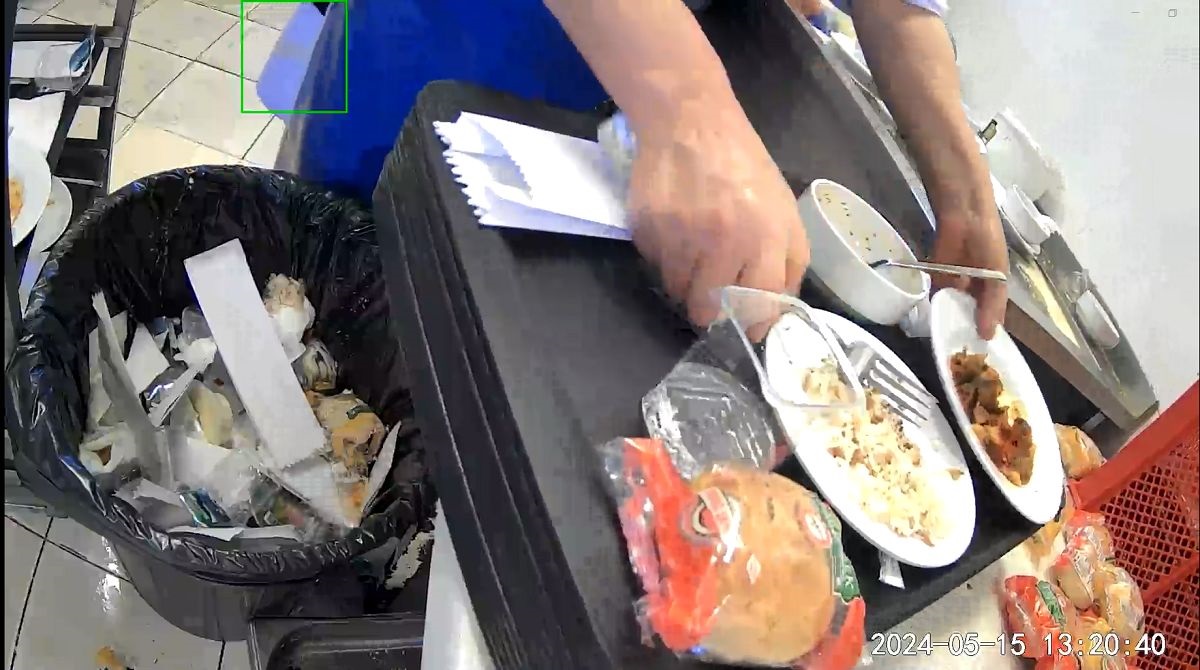In a world grappling with food waste and ever-tightening budgets, the humble leftover is often overlooked and underappreciated. We’re quick to toss away that extra serving of food recipes today or the last few slices of roasted chicken, convinced it’s just not worth the effort. But what if we reframed our thinking? What if we saw leftovers not as mundane remnants, but as opportunities for culinary creativity and a way to save both money and the planet?
The truth is, leftovers are a goldmine of possibilities waiting to be unlocked. They represent pre-prepared ingredients, a head start on dinner, and a chance to reduce our environmental impact. Let’s face it, food waste is a serious problem. It contributes significantly to greenhouse gas emissions, consumes vast amounts of resources in its production and transportation, and represents a moral failure when so many people face food insecurity. By embracing leftovers, we can become part of the solution.
Beyond the Reheat: Thinking Outside the Leftover Box
Reheating leftovers in the microwave is a perfectly acceptable solution on a busy weeknight. But there’s so much more to the leftover experience than simply warming up yesterday’s dinner. The key is to think creatively and transform those remnants into something new and exciting.
Getting started
- Transform Roast Chicken: That leftover roast chicken isn’t just for cold sandwiches. Shred it for tacos, add it to a creamy pasta sauce, toss it into a hearty salad, or use it as a filling for savory pies.
- Transform Roasted Vegetables: Roasted vegetables can be repurposed as a delicious foundation for soups, frittatas, or a lively salsa. Dice them and incorporate them into a grain bowl or utilize them as a topping for pizza.
- Pasta Power Up: Leftover pasta is incredibly versatile. Turn it into a baked pasta casserole, add it to a vegetable soup, or create a quick and easy pasta salad.
- Rice to the Rescue: Leftover rice can be fried up with vegetables and protein for a satisfying fried rice dish, used as a base for a rice pudding, or added to a soup to thicken it up.
Practical Tips for Leftover Success:
- Cool Food Quickly: Promptly refrigerate leftovers within two hours of cooking to prevent bacterial growth.
- Proper Storage is Key: Store leftovers in airtight containers to maintain freshness and prevent them from drying out.
- Label and Date: Clearly label containers with the date they were made to ensure you eat them within a safe timeframe (generally 3-4 days).
- Utilize Freezing: Do not hesitate to freeze leftover food for extended preservation. Soups, stews, and casseroles are especially suitable for freezing.
- Meal Planning with Leftovers in Mind: When planning your meals, consider how you can incorporate leftovers into future dishes.
Beyond the Benefits: A Shift in Mindset
Adopting the practice of utilizing leftovers transcends mere financial savings and the minimization of food waste. It promotes a more conscious attitude towards cooking and dining, stimulates culinary creativity, alleviates the pressures associated with daily meal preparation, and nurtures a greater respect for the food we partake in.
So, the next time you find yourself with a plate of leftover food, don’t dismiss it as something to be discarded. See it as an opportunity to explore new flavors, experiment with different food recipes recipes, and contribute to a more sustainable and delicious future. Let’s give leftovers the respect they deserve and rediscover the joy of eating well while minimizing waste.
